Five Tips to Avoid Meeting a Bear in the Wild in the USA
Black bears, brown bears and polar bears are all found in the United States. A bear encounter rarely ends in conflict or death, but it's best to be prepared. Here's how you can stay safe.
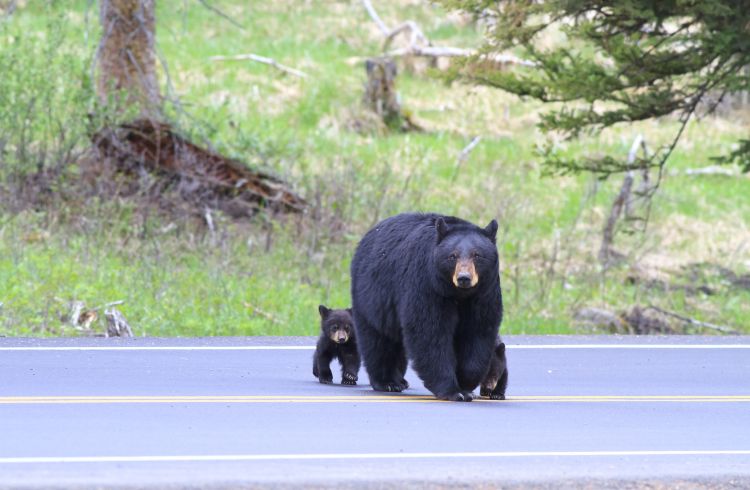 Photo © Getty Images/Bryant Aardema
Photo © Getty Images/Bryant Aardema
If spending time in wilderness areas, many people will encounter a brown or black bear (but rarely polar bears), while traveling in the USA. As a traveler, your first stop should always be the information center or ranger station to ask about bear activity in the area – you can also get maps, trail suggestions, and other safety information.
- How to bear-proof your campsite
- What if there's a bear in my campsite?
- Bear sightings
- How to play dead for grizzly bears
- Bear deterrents
How to bear-proof your campsite
- Leave the sexy smells at home. Bears are drawn to new and interesting fragrances, including deodorants or moisturizers. Don't make yourself an appetizer.
- Don't keep anything with a scent in your tent. No toothpaste, old candy wrappers, citronella, or a midnight snack. Not even the clothes you cooked in. Nothing.
- Do your cooking away from your sleeping area, at least 300ft (30m) away so cooking smells do not permeate your sleeping gear.
- Store your food and trash in a bear-proof canister on the ground, but not in a place where it can roll away. Many campgrounds provide bear-proof containers or lockers.
- Suspend your food, any toiletries, and trash between two trees, 10ft (3m) up and 4ft (1.2m) out from either tree, away from your sleeping area.
- Keep food residue out of your fire.
- Don't dispose of gray water near your campsite.
Cars aren't bear-proof, so if you're car camping or staying in a van, clean out those fallen french fries and don't store food or trash in your car. It's not overkill – bears have an incredible sense of smell and they will open your car or campervan up like a can.
What if there's a bear in my campsite?
Bears are usually active from dawn to dusk but may become nocturnal to avoid people or to raid campgrounds. If you're in a tent at night and a bear shows up in your campsite, making your presence known with a cough or clearing your throat will probably be enough to send it scurrying. If you've properly squared away your campsite there shouldn't be a problem. While this type of attack is rare, US National Parks advises that you fight back if a bear does try to attack you while you're in your tent.
What to do:
Black bear: you can try to drive it away by confronting it, making yourself big, and yelling at it. Make noise by banging on pots and pans, or shaking a tarp or a garbage bag.
Just make sure you have left it an avenue of escape.
Brown (grizzly) bear: do not try to drive these guys from your camp. Grab your stuff if you can do so safely and move away slowly towards a building or vehicle if possible. Do not run.
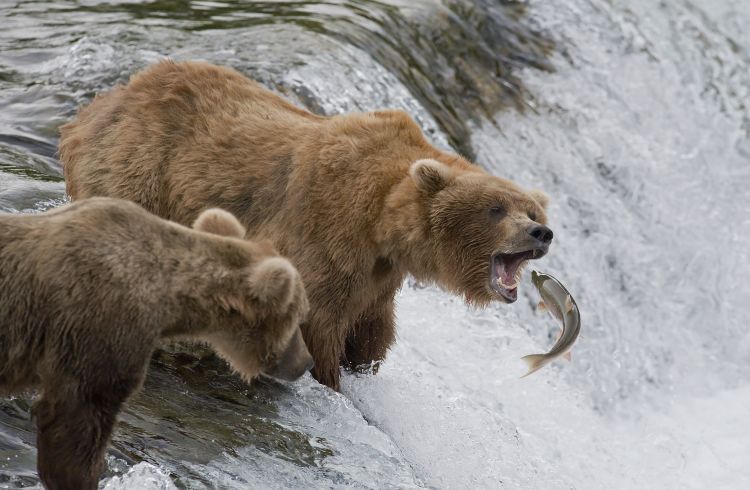
Bear sightings
Things you can do to avoid bears while in the wilderness include:
- Obey any closure signage. US national park rangers will close off an area for bear management to reduce the risk of human-bear encounters. This can be due to a high volume of food present e.g bison which attract bears to a location
- Being noisy while walking the trail
- Don't hike alone. Remember, there's safety in numbers. Don't be a silent forest ninja
- Stick to the marked and well-worn trails
- Keep your eyes peeled for signs of bears such as bear scats, scratches on trees, footprints, new trails, destroyed ant nests, ripped-apart logs and signs of digging
- Never leave your pack or belongings unattended
- If you're in your vehicle and a bear approaches, honk your horn to discourage it and drive away
- Leave your dog at home; a dog will attract the attention of any nearby bear.
What to do if you're hiking a trail and cross paths with a bear:
- If you spot a bear in the distance, and it hasn't seen or heard you, keep it that way. Skip the photo op, move away slowly and quietly sideways; reroute your hike, giving the bear a wide berth and if possible, stay downwind from it
- If the bear has seen you from a distance, retreat slowly and leave the area. Bears can cover a lot of ground very quickly, faster than Usain Bolt
- If you are much closer, remain calm and assess the situation. Have you stumbled upon a feeding bear? A mother with cubs? Is the bear being predatory or defensive?
- A surprised bear on the defensive will charge immediately with its head low and ears back. A curious or predatory bear will approach persistently with its head and ears up
- If a bear is showing predatory behavior – it hasn't been surprised and isn't defending its food or cubs - and has begun following you, it's testing you and you need to stand up to the challenge
- A bear that is merely curious may become aggressive if you don't confront it. Stare it down, shout at it, make yourself appear larger, wave your hiking stick; let it know you mean business
- A bear may also rise up on its hind legs; this is not an aggressive act, it's just trying to suss things out
- If it's a surprise encounter, a bear might display behaviors such as pawing the ground, huffing, woofing, clicking its teeth, and flaring its lips. These are all warnings that you're too close, so you should back away slowly. Do not run, make any sudden movements or eye contact. Climbing a tree is pointless – bears can climb them better than you
- If the bear decides it wants to charge, and if you're rooted to the ground in terror, no problem - you need to stand your ground anyway. It's most likely a bluff and the bear will veer off at the last moment
- If you're carrying a canister of bear spray, the time to break it out is just before the charge, aiming slightly above the bear's face from about 20-30ft (6-10m) away. Never fight back against a surprised bear, more often than not, those who do end up with severe injuries or dead
- If the bear doesn't veer off, it's time to play dead. This rule only applies to Grizzly (Brown) bears. If a black bear is intent on killing you, it won't care if you're playing dead.
How to play dead for grizzly bears
- If you are wearing a backpack, keep it on
- Lay flat on your stomach with your legs outstretched
- Lace your fingers together and cover your neck
- Brace yourself by planting your elbows into the ground, protecting the sides of your face with your arms
- Keep your legs slightly spread to prevent being flipped over
- Remain as quiet and still as you can. Don't get up too soon; give the bear time to leave the area. It could take a while, especially if the mama bear needs to collect her cubs who are hiding nearby
- If the attack becomes sustained or the bear begins to make a meal of you, fight back. Go for its eyes and muzzle
- DO NOT play dead unless a bear has charged you or acted in some aggressive or defensive way
- DO NOT play dead with a bear that is protecting its food.
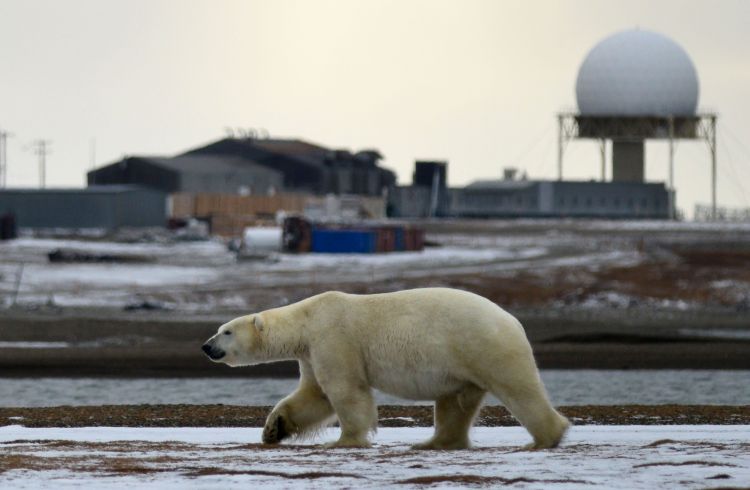
Bear deterrents
if you're going to be spending some time in the wilderness, there are a number of effective bear deterrents available including:
- Bear pepper spray – non-lethal, non-toxic, and very effective; available for rent at parks such as Yellowstone and Glacier National Park
- Wildlife deterrent air horn – small, lightweight and easy to use
- Bangers and scare cartridges – fired from pen launchers and pistols, providing multiple rounds
- Marine flares – can also be used as a beacon for rescuers but are a fire danger, as well
- Electric fencing – camp fencing has become very lightweight and portable; perfect for hunters.
However, the US Fish & Wildlife Service advises: "No deterrent is 100 percent effective. But, compared to all others, including firearms, proper use of bear spray has proven to be the best method for fending off threatening and attacking bears."
Something is better than nothing, and it's better to be prepared.
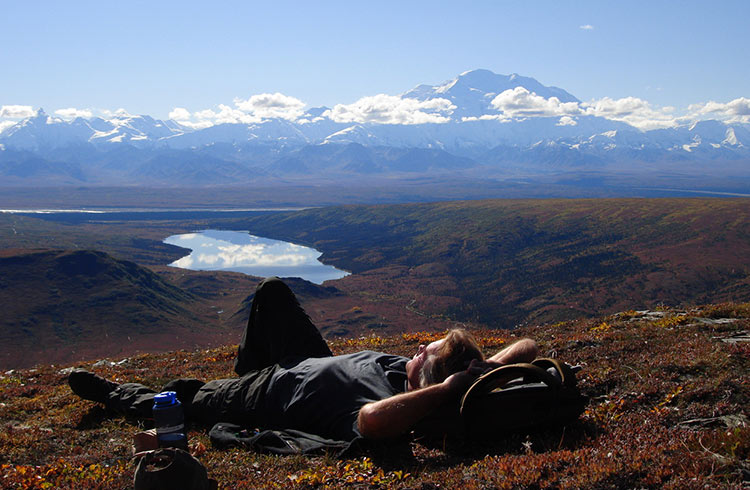
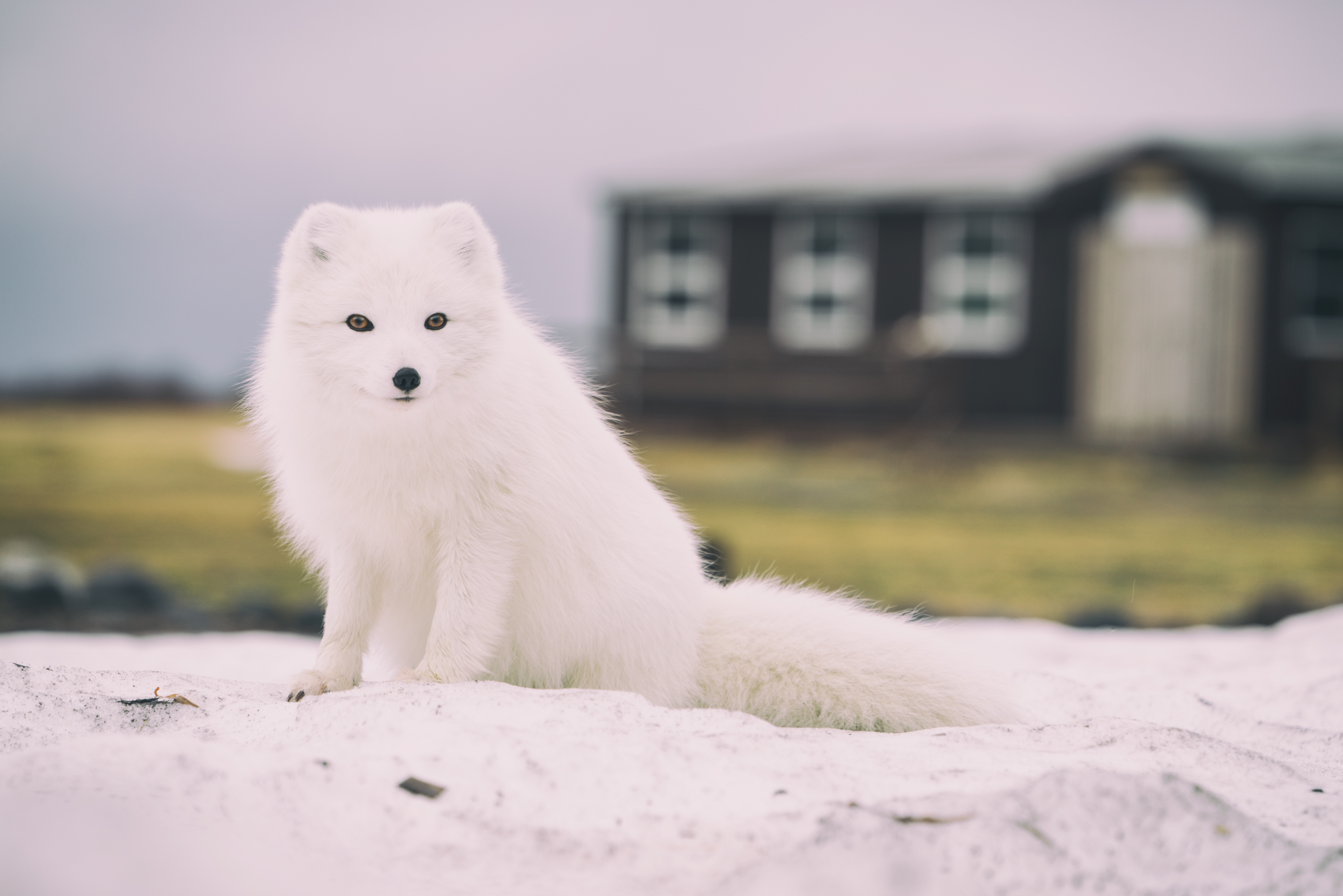

No Comments